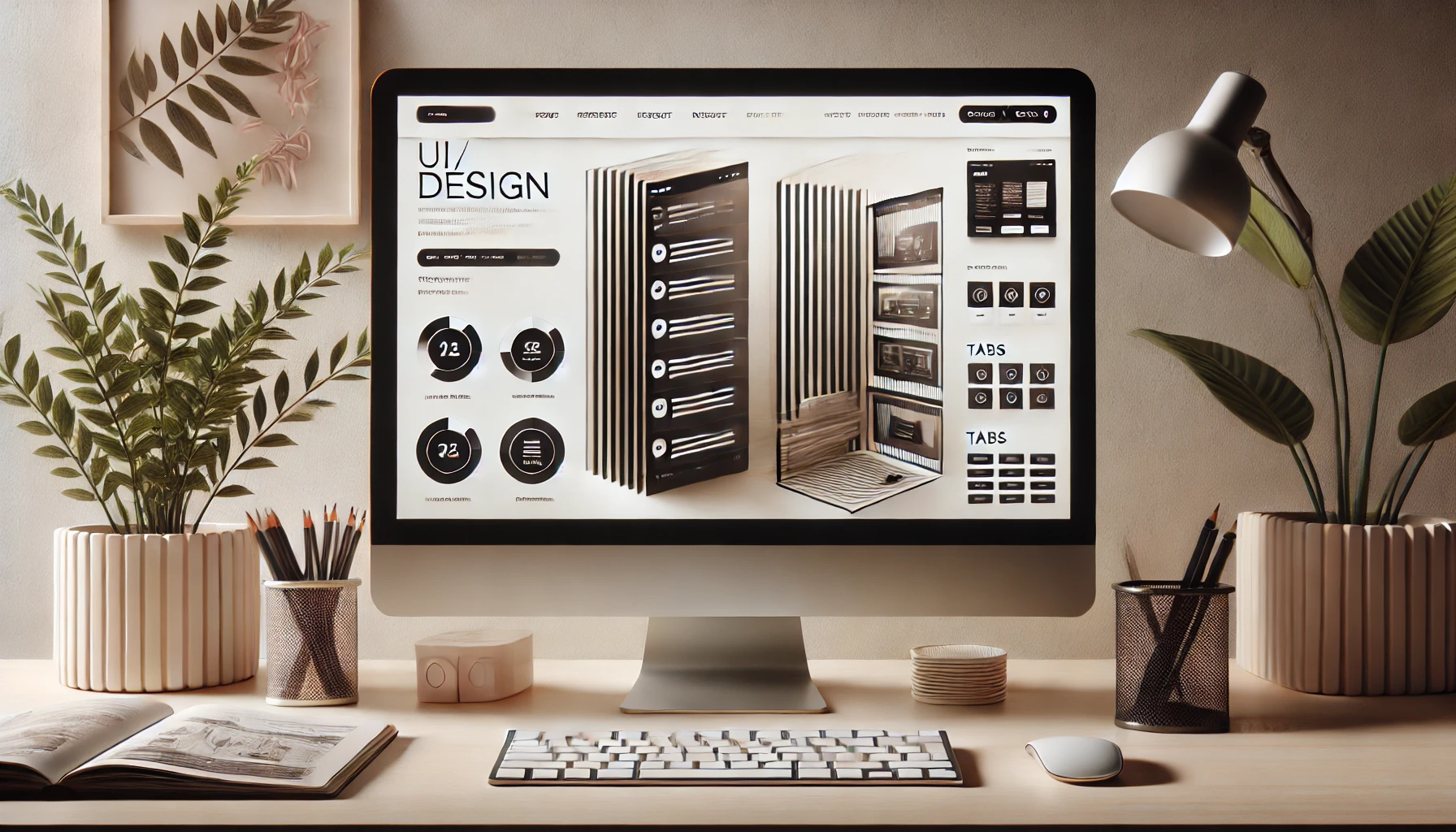In the field of user interface (UI) and user experience (UX) design, the “three-click rule” is an informal guideline that many designers adhere to. According to this rule, users should be able to find any desired information on a website using no more than three clicks. This principle, though not universally accepted, is based on the idea that fewer clicks result in a more positive user experience, reducing frustration and increasing the likelihood that the user will complete a desired action, such as making a purchase or signing up for a service.
Origins of the Three-Click Rule
The three-click rule was popularized by Jeffrey Zeldman in his book “Taking Your Talent to the Web“, published in 2001. Zeldman argued that users start to lose interest if they don’t find what they’re looking for after three clicks, which can lead to a higher abandonment rate. Although subsequent studies have suggested that tolerance for clicks may depend more on the perceived value during navigation than on the exact number of clicks, the rule remains a useful starting point for designers seeking to create intuitive and efficient interfaces.
Challenges with Interactive Components
Components such as accordions, carousels, and tabs can complicate adherence to the three-click rule as they often hide content behind additional interactions. This can lead to a more cumbersome and less intuitive user experience.
Accordions: While they reduce scrolling by compressing large amounts of content, they can also conceal essential information, forcing users to make more clicks to access it.
Carousels: Used to display multiple content items, they can be problematic if content automatically changes before the user has a chance to interact with it.
Tabs: Although they efficiently organize content, they can also require additional clicks to view information that might otherwise have been visible.
When and How to Use These Components
Accordions: Useful for FAQ sections or for complex forms where not all information needs to be visible immediately.
Carousels: Suitable for complementary and non-critical content, such as image galleries on product pages, provided that users have full control over the navigation.
Tabs: Great for dividing detailed information about products or services into distinct categories that do not require sequential consumption.
Conclusion
These examples highlight how accordions, carousels, and tabs, when strategically implemented, can significantly enhance the usability and efficiency of user interfaces. In each case, the design considers both the user’s needs and the specific objectives of the context, ensuring that content is accessible without visually overloading or unnecessarily complicating the user experience. The key is to use these components in a way that complements and enhances navigation, always respecting the three-click rule to keep the interface friendly and accessible.
